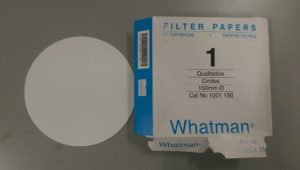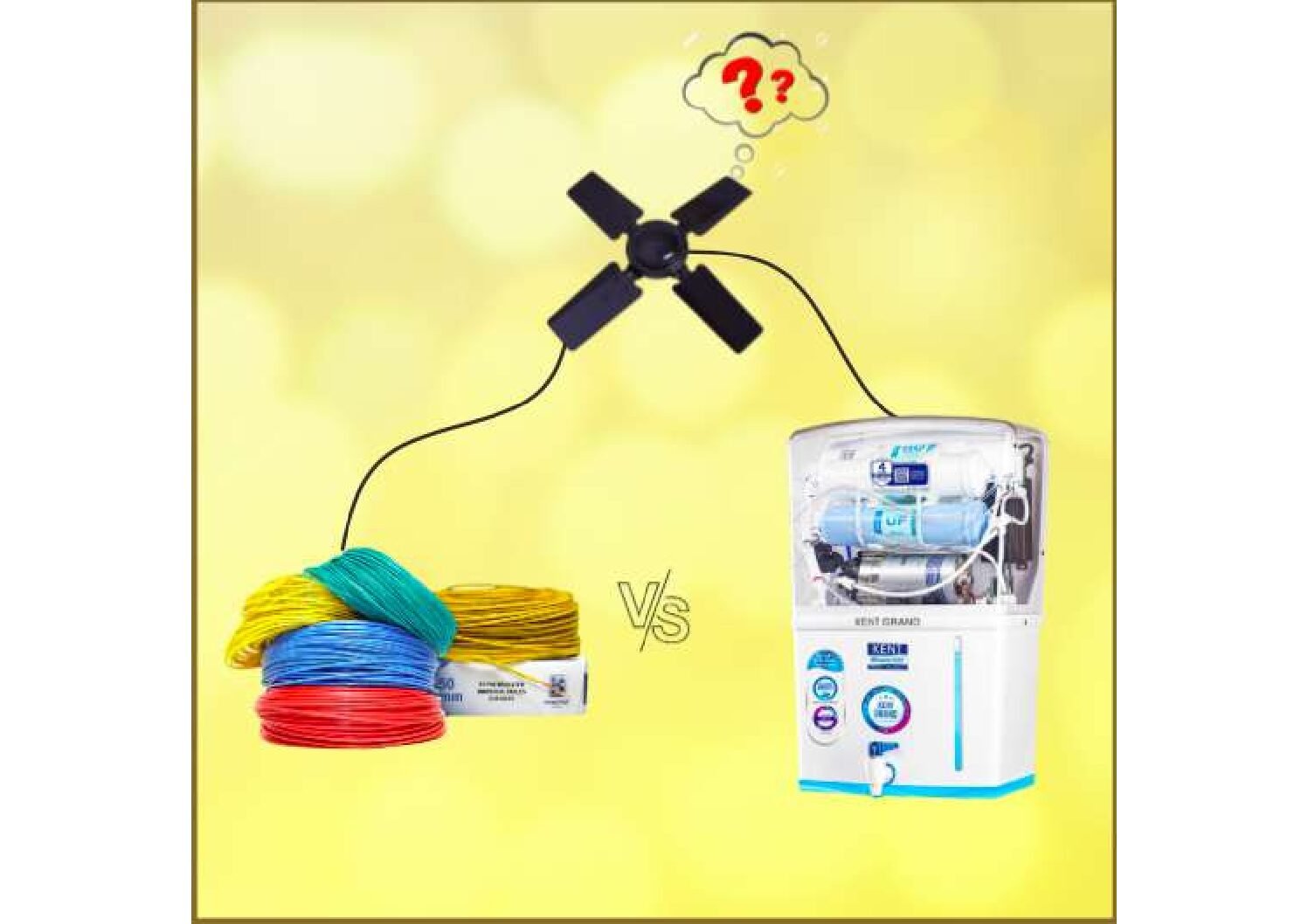AN ANALYSIS OF THE RECENT CASE OF WHATMAN INTERNATIONAL LTD. v. P. MEHTA
In a very notable development in the trademark regime, a whooping Rs.1.85 crores have been granted as punitive damages to a UK based firm Whatman International Ltd, for infringement of its trademark, its trade dress and get up (providing similar packaging), apart from counterfeit production of similar goods. The firm deals in the business of Filter papers and has been a registered holder of the Trademark WHATMAN in India, under Classes 1 (Chemicals), 9 (Computer, Software and electronics) and 16 (Paper, Books and office stationary). The order given by the Single Judge, Hon’ble Justice Pratibha Singh can be accessed here.
FACTS AND ARGUMENTS IN THE CASE
The plaintiff’s company was founded in 1740. It was claimed that despite being a surname, the plaintiff had acquired the requisite distinctiveness w.r.t WHATMAN due to continuous use of the trade-name and get-up for 250 years. A distinctive color combination, script, get up and layout was used by the plaintiff consisting of a blue script in white background. The major grievance which was argued for by the plaintiff was the unauthorized usage of the WHATMAN filter paper along with an identical color combination and get-up or trade dress, although with a different trade name. Another important argument raised by the plaintiffs was that the defendants are habitual offenders and have continuously been delving into counterfeiting of the plaintiff’s product since 1992, with an instance even in 2005, brought to record. Further, an interim injunction was passed by the court in 2014 as well. Yet, the defendants have continuously been selling infringing counterfeit goods and therefore seizures upon execution of the FIR was levied. Large amounts of counterfeit filter paper were recovered and seized during investigation wherein it was claimed by a few defendants that these goods have not been sold and have been lying stale since the interim injunction. Defendants further stated that they were willing to suffer a permanent injunction. The plaintiff on the said grounds submitted that the defendants not only manufactured and sold counterfeit WHATMAN filter papers but had also adopted an identical color combination, layout and get up of the product and packaging w.r.t the filter paper sold by them under different trade names like HIRAL, SUN, LABSMAN, U-CHEM and ACHME. Pressing on the repeated instances of counterfeiting and false statements presented before the court, on the part of the defendant, the plaintiff pleaded for not merely a permanent injunction but also punitive damages.
DECISION AND ANALYSIS
Justice Pratibha Singh held that there is no opposition to the claim of Permanent injunction in this instance and that is an issue which need not be delved into. A permanent injunction is definitely granted. The major question before the court was the question of punitive damages and the application of contempt under Order XXXIX Rule 2A of CPC.
It was held that the packaging used for filter paper is a substantial reproduction of the WHATMAN filter paper’s packaging, in color combination, layout get-up etc, further it was specifically mentioned on the website of one of the defendants, which uses the trade name ACHNE FILTERS, that “our filter paper is equivalent to WHATMAN at the best rate”. This shows the intention to pass off the goods as those of the plaintiffs or comparable to that of the plaintiffs. Further the local commissioner seized filter papers which were a substantial imitation or colorable reproduction of the plaintiff’s product. The court further acknowledged the claim of the plaintiffs stating that the defendants had continuously made false statements before the court, on oath. The court further held that the “seizure was of old stock” was a false claim by the defendants as the search conducted by the police in 2018 was not the same as the local commissioners in 2014.
After analyzing all the false statements presented before the court by the defendants, the court concluded (para 57) that:
“Defendants have acted in concert with each other. Their pleadings and oral statements are contrary to the records. The Local Commissioners reports are liable to be read in evidence in the suit as per the provisions of Order XXVI Rule 13.”
The court further (in para 60) went on to define its reasoning for levying punitive damages while stating that:
“Mr. Paresh Mehta and his family have clearly incorporated a new entity only to circumvent the undertaking given before the criminal court. The new company M/s Maruti Chem Enterprise Pvt. Ltd. is run by Mr. Paresh Mehta’s son and wife. This fact is not disputed. The Defendants are continuing to indulge in illegal conduct of infringement, and passing off since the year 1992 with scant regard to their own undertakings and to the orders passed by the Court. Even the repeated criminal complaints filed against them and the seizures made pursuant to the said complaints do not appear to have had a deterrent effect”
…………………………..
“The disobedience or breach of an injunction has to have consequences in law. If strict action is not taken, orders of Courts would not be complied with by litigants, as is evident in the present case. Such disobedience not only constitutes violation of the provisions of Order XXXIX Rule 2A but also constitutes contempt under the Contempt of Courts Act, 1971.”
Ultimately, the court held that the quantity of look-a-like filter paper, which was recovered from the Defendants, reveals a business worth crores of Rupees. The court held the defendants guilty of infringement and passing off and also liable for making false statements before the court. The court added that these were deliberate and conscious acts of the defendant to pass off and earn monetary gain, and the modus operandi taken is indicative of an intention to “hoodwink the authorities and overreach the court process” deserving no compassion.
Further, getting into the question of damages, the court in para 69 held that the defendants would be liable to give exemplary damages for selling counterfeit WHATMAN products as well as look-a like filter papers with an identical get up, packaging etc., and continuously doing so, irrespective of the legal orders given.
SYSTEM OF DAMAGES:
Coming to the most pertinent issue of “exemplary damages” to be awarded, the Court very judiciously relied on the categorical test of Rookes v. Bernard [1964] 1 All E. R. 367, which is a House of Lords decision, declared as the law of the land by the Supreme Court, and cited as an authority in the case of Hindustan Unilever v. Reckitt Benckiser India Limited. The test prescribed includes only three circumstances wherein the court can proceed award punitive damages. It is a very cautious approach, as there is money being put in the plaintiff’s hand. The 3 situations prescribed are as follows:
(a) Oppressive, arbitrary or unconstitutional action any the servants of the government;
(b) Wrongful conduct by the defendant which has been calculated by him for himself which may well exceed the compensation payable to the claimant; and
(c) Any case where exemplary damages are authorised by the statute.
In the case at hand, the court concluded that if not anything else, there was immense wrongful conduct on the part of the defendant. The court stated:
“The conduct of the Defendants is wrongful to say the least. The Defendants have committed infringement of the Plaintiff’s mark and impinged on their rights deliberately, consciously and wilfully for a period spanning over 25 years. Repeated legal action has not deterred them. They showed no remorse in the statements recorded.”
Although, there is a huge possibility of criticism due to the subjectivity surrounding the word wrongful, the purpose of the decision goes really far into the positives to curb the massive issue of counterfeiting and profiting out on someone else’s intellectual property to such a large amount, with profits amounting in crores. Further, another criticism which may come up, is regarding the subjectivity and the discretion provided to the court to determine the amount of such exemplary damages. However, in my opinion, no objective set of rules or calculative methods can be prescribed due to the factual differences like the economic status and capability of the defendant, the amount of profits reaped and the continuity of wrong-doing despite contrary orders and instruction of the judicial authority. As long as such factors are accounted for, the discretion levied upon the judicial mind of the court is fair and reasonable. On a continuous instance of the grave menace of counterfeiting, it is imperative that punitive damages to this extent be awarded for deterrence as well as to adequately compensate the loss of intellectual property, profits and possible loss of goodwill.
Analysing a few of the foreign provisions on punitive damages in IP enforcement issues, Article 13 of the EU Directive on Enforcement of Intellectual Property Rights, specifically pens down factors to be considered by the court while determining damages. It states:
When the judicial authorities set the damages:
(a) they shall take into account all appropriate aspects, such as the negative economic consequences, including lost profits, which the injured party has suffered, any unfair profits made by the infringer and, in appropriate cases, elements other than economic factors, such as the moral prejudice caused to the rightsholder by the infringement;
Or
(b) as an alternative to (a), they may, in appropriate cases, set the damages as a lump sum on the basis of elements such as at least the amount of royalties or fees which would have been due if the infringer had requested authorisation to use the intellectual property right in question.
This provision has a sufficiently broad language and again, provides discretion to the judicial authority to set the amount taking into account certain broad objective considerations. The amount cannot be objectively determined based on a formulae of calculation, due to the factual independence and distinctness of each suit.
Similarly, in the United States, certain states provide for punitive damages typically amounting to 3 times the amount of actual damages on meeting the threshold conditions of such damages, however this figure of 3 is merely indicative and has been left upon the discretion of the court to apply as found fit with respect to the factual consideration of “extent” and “graveness” in individual cases.
I would like to quote a very interesting argument made by RC Meurkens, in his treatise on Punitive Damages: The Civil Remedy in American Law, Lessons and Caveats for Continental Europe: (Meurkens, R. C. (2014) Punitive Damages (Cambridge: Intersentia)
“Protection by property rules means that an entitlement can only be transferred in a voluntary transaction, i.e. with consent of the owner. Protection by liability rules means that an entitlement can be transferred in an involuntary transaction provided that the person who takes the entitlement pays an amount of damages for it. In principle there is a preference for property rule protection, because voluntary transactions increase total welfare, whereas this is not necessarily the case with involuntary transactions, because the objectively assessed amount of damages could be lower than the subjective assessment of the victim.
According to Visscher, in order to stimulate voluntary transactions, the sanction on involuntary transactions should outweigh the mere value of the entitlement, because otherwise a potential taker could simply convert a property rule into a liability rule. In other words, because there is a preference for voluntary transactions, it is undesirable to have an involuntary transaction whenever voluntary transactions are in principle available. Punitive damages could prove useful, as they make the involuntary transaction more expensive and therefore the voluntary transaction more attractive. An example that is often mentioned in this regard is the violation of intellectual property law. Indeed, as recently confirmed by Koziol, this is a legal area in which damages that exceed compensation and could therefore be understood as punitive damages are already considered acceptable.”
Academically, this seems to be a very strong reason to promote this concept of punitive damages especially on instances of continued counterfeiting, as an efficient deterrent and compensatory mechanism.
Coming back to the case at hand, the plaintiffs were awarded a decree of damages amounting to Rs. 1.85 crores spread out amongst 7 Defendant parties. This is a welcome statement by the Delhi High Court and is a bold and strong step towards curbing the menace of counterfeiting and continually defying court orders and encashing upon the Plaintiff’s Intellectual property for a period of more than 20 years. A determination of the punishment on account of Contempt is yet to be done, although contempt has been held affirmatively.
Image source: here


















